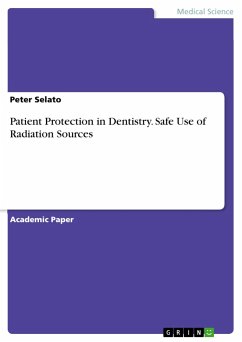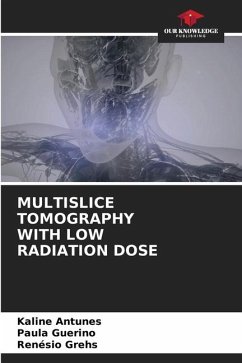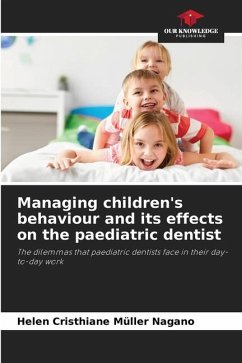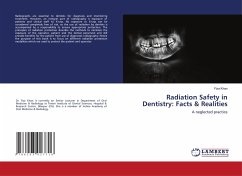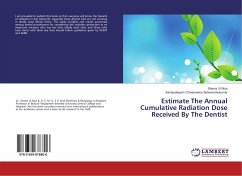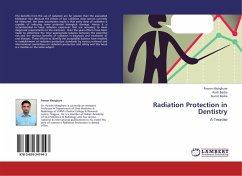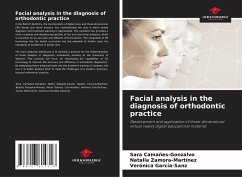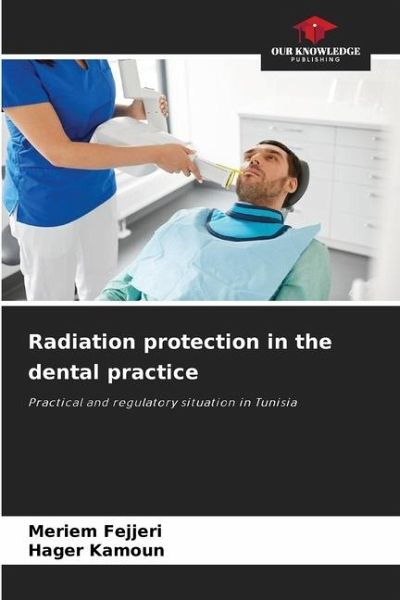
Radiation protection in the dental practice
Practical and regulatory situation in Tunisia
Versandkostenfrei!
Versandfertig in 6-10 Tagen
30,99 €
inkl. MwSt.

PAYBACK Punkte
15 °P sammeln!
Dentistry uses X-rays more frequently than any other medical specialty. Exposure to X-rays is in the low-dose range. The health effects of low-dose ionizing radiation are without tangible proof, and given that doses are cumulative over time, compliance with the principles of radiation protection, i.e. justification of exposure, optimization and limitation of practices, is essential when using X-ray emitting equipment, to ensure that practitioners and patients are protected at the lowest possible level of exposure. Dentists must be informed and encouraged to comply with x-ray radiation protecti...
Dentistry uses X-rays more frequently than any other medical specialty. Exposure to X-rays is in the low-dose range. The health effects of low-dose ionizing radiation are without tangible proof, and given that doses are cumulative over time, compliance with the principles of radiation protection, i.e. justification of exposure, optimization and limitation of practices, is essential when using X-ray emitting equipment, to ensure that practitioners and patients are protected at the lowest possible level of exposure. Dentists must be informed and encouraged to comply with x-ray radiation protection regulations. The Centre national de radioprotection (CNRP) is the reference regulatory authority for radiation protection in Tunisia. The aim of this work is to present the different levels of exposure to x-rays, explain the effects of ionizing radiation, and present good practices in radiation protection. We have also assessed the radiological risk management practices of dentists in Tunisia.





